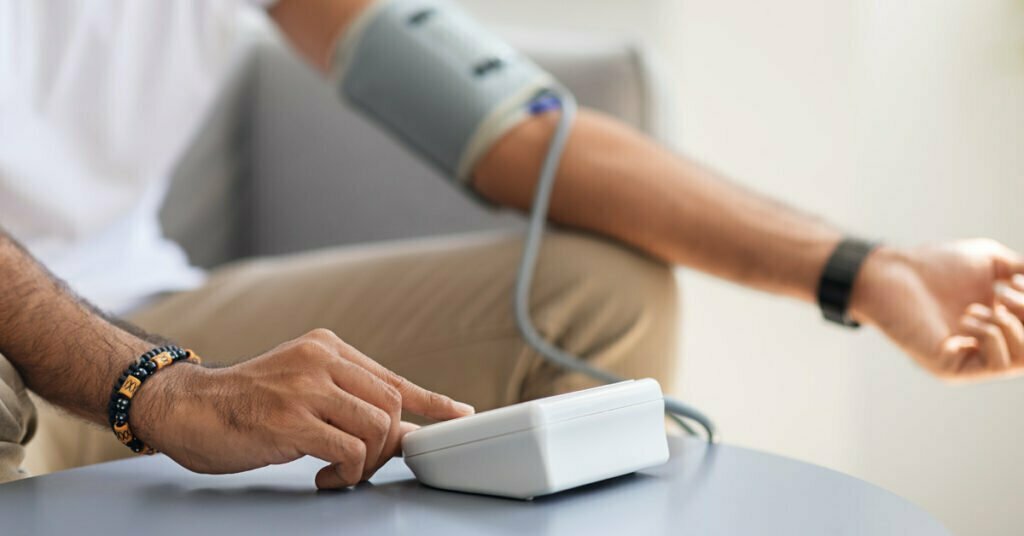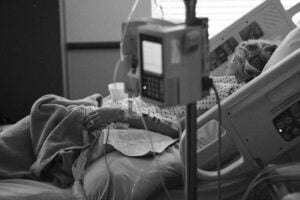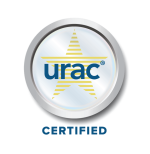To deepen engagement, the healthcare industry is increasingly turning to automated technologies that give patients access to care, regardless of their location and health status.
Remote patient monitoring (RPM) is one of the successful innovations being utilized to provide care to more people regardless of boundaries. Traditionally, RPM requires patients to use medical devices that come with the program itself. However, RPM providers, such as DrKumo, offer bring-your-own-devices (BYOD) as an option for those who already have compatible medical devices.
What is Bring-Your-Own-Device (BYOD)?
BYOD is a practice where the end user brings a compatible device that they already own rather than having to buy a new device. In remote patient monitoring, BYOD is the practice of healthcare providers and their staff of utilizing their own devices to access their patients’ information. On the other hand, BYOD is also being utilized by the patients. Patients use their own medical devices to measure their vital signs and send their readings through the RPM technology. BYOD is both beneficial to the provider and the patient.
With the introduction and widespread use of BYOD, RPM is now reaching a larger percentage of the population. Here are three reasons why a BYOD policy will help RPM reach more people.
1. Patients’ ease of use and familiarity with existing medical devices.
Patients who use their own medical devices to measure their vital signs are more likely to do so on a regular basis than patients who are forced to use new medical devices and must learn how to use these medical devices. Patients are already in a great deal of pain and discomfort; giving them a new set of medical devices to use and learning how to use them will only add to that discomfort. This can be a reason why patients do not enroll in RPM programs, even if they know that they need to. They feel they are not familiar with the devices that they will be using. They would rather go with the traditional way of receiving care. However, with BYOD, patients may use their preferred medical devices.
2. Cost-effective
Having a BYOD policy will allow care providers to save some money on purchasing new devices for their clinic and hospital staff. Allowing care providers and their staff to bring their own devices to work will reduce expenses associated with buying business-only devices that can only be used within the working environment. For instance, a smartphone is more convenient and cheaper in comparison to a laptop or desktop.
Furthermore, letting your patients use their own medical devices and even their smartphones for their RPM program will also help them save some money. Instead of buying new medical devices, they may use their own devices while they get the same quality of care, or even better.
3. Mobility and Accessibility
According to a Journal of Mobile Technology in Medicine,[1] more than 91% of healthcare professionals own a mobile phone, and 87% of them use it during clinical practice. During the COVID-19 pandemic, hospital and clinic staff started to use their own mobile devices for work because of the limited hospital or clinic owned devices. With this, care providers were able to serve and provide care to more patients as compared to using the devices provided by the clinic or hospital. With the hospital and clinic supplied devices, a staff member had to wait until a device became available before they could use it. Hence, the time wasted waiting may be lessened or eliminated when providers and their staff utilize BYOD.
Further, healthcare providers may also track their patients using their personal devices beyond the walls of the clinic or hospital. This is the very intent of RPM, that is, to be able to track your patients’ health conditions wherever they may be.
Takeaway
With BYOD in Remote Patient Monitoring, care will be provided to a much larger population. With BYOD, patients will be able to use their own preferred medical devices with ease and familiarity. In addition, healthcare providers will be able to access work information wherever they are. This will increase mobility and accessibility when providing care.









